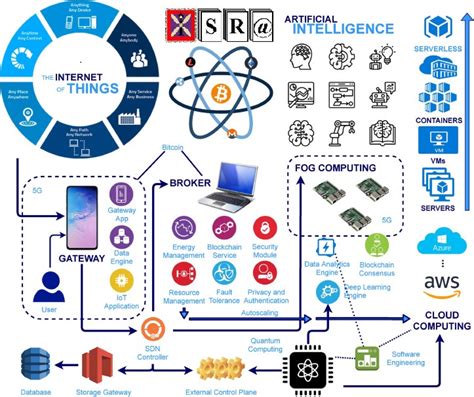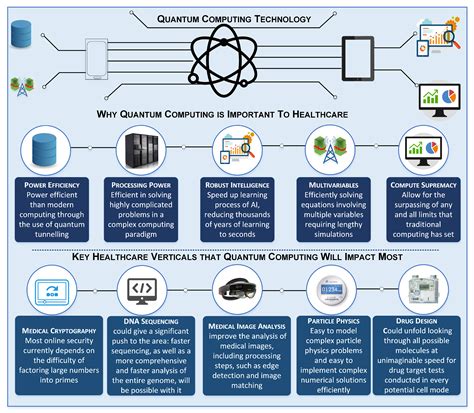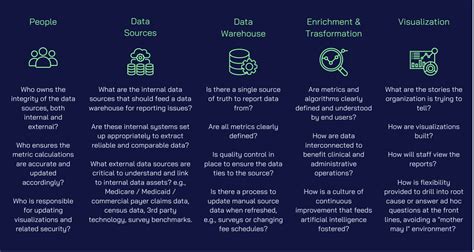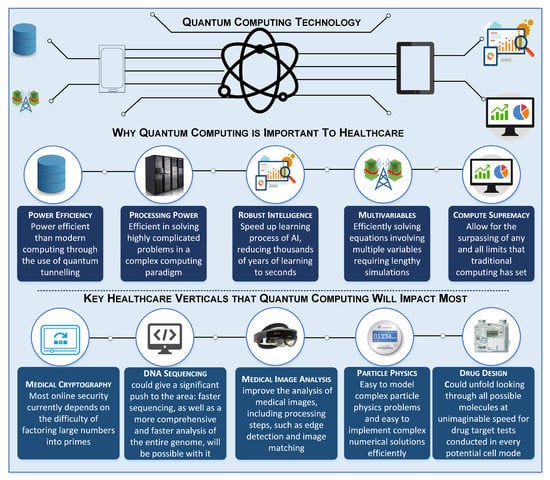As the limitations of traditional electronic computing systems become increasingly apparent, the quest for faster and more energy-efficient alternatives has never been more urgent. Enter photonic computers, a groundbreaking innovation poised to revolutionize data processing. Unlike their electronic counterparts, which rely on electrons to perform computations, photonic computers utilize light (photons) to achieve unprecedented speeds and energy efficiency. This shift not only promises to overcome the bottlenecks of current technology but also plays a pivotal role in advancing quantum computing. In this article, we’ll explore how photonic computers are redefining the landscape of computing, their unique advantages, and their crucial role in the future of quantum technology.
Join hotelfiler.com for an in-depth exploration of this topic.
1. Why Photonic Computers Matter: Explain the limitations of current electronic computing systems and why there’s a need for faster, more energy-efficient alternatives like photonic computers.
Traditional electronic computing systems, while powerful, face significant limitations as they approach the physical limits of miniaturization and speed. As transistors shrink to nanoscale dimensions, issues such as increased heat generation, power consumption, and interference become more pronounced. This leads to diminished performance and efficiency, impacting everything from processing speed to overall system reliability. Additionally, the conventional reliance on electrical signals limits data transmission speeds and contributes to inefficiencies in data processing.
In contrast, photonic computers leverage light instead of electrical currents to process information. This fundamental shift offers a dramatic increase in processing speeds and significantly reduced energy consumption. Light can travel faster than electrical signals and generates less heat, addressing many of the inefficiencies associated with traditional computing. As we push the boundaries of technological advancement, the need for faster, more energy-efficient alternatives like photonic computers becomes increasingly critical to overcoming the limitations of current systems.

2. How Photonic Computers Work: Discuss the fundamental principles behind photonic computing, focusing on how they use light (photons) instead of electricity (electrons) to process data.
Photonic computers operate on principles that fundamentally differ from those of traditional electronic systems. Instead of relying on electrons to carry and process information through electrical circuits, photonic computers use photons—particles of light. This shift from electrical to optical signals provides several key advantages.
In a photonic computer, information is encoded in light waves, which travel through optical components like waveguides and resonators. These photons can be manipulated using devices such as beam splitters and modulators to perform calculations and transmit data. Unlike electrons, which encounter resistance and generate heat as they move through conductive materials, photons travel with minimal loss and generate little heat. This results in faster data transmission and processing with significantly reduced energy consumption.
Additionally, photons can operate at higher frequencies than electrons, allowing for greater bandwidth and speed. The ability to perform multiple operations simultaneously, known as parallel processing, further enhances computational efficiency. By harnessing these properties, photonic computers promise to overcome the limitations of traditional electronic systems, paving the way for unprecedented advances in data processing and quantum computing.

3. What Makes Photonic Computers Unique: Highlight the key advantages of photonic computers over traditional computers, such as speed, energy efficiency, and scalability.
Photonic computers offer several distinct advantages over traditional electronic systems, setting them apart as a revolutionary technology. One of the most significant benefits is their remarkable speed. Photons travel faster than electrons, allowing photonic computers to process information at speeds orders of magnitude greater than their electronic counterparts. This high-speed capability translates into faster data processing and reduced computational time.
Energy efficiency is another key advantage. Photonic computers generate minimal heat compared to electronic systems, which suffer from power loss and cooling challenges due to resistance in electrical circuits. This results in lower energy consumption and less need for cooling infrastructure.
Scalability is also enhanced with photonic computing. The ability to integrate numerous optical components on a single chip without significant performance degradation allows for more complex and powerful systems. These advantages make photonic computers not only faster and more efficient but also more adaptable to advancing technological needs.

4. Why Photonic Computers are Crucial for Quantum Computing: Explain the role of photonic computers in advancing quantum computing, particularly in overcoming challenges like coherence and noise.
Photonic computers play a crucial role in advancing quantum computing, particularly in addressing key challenges such as coherence and noise. Quantum computing relies on qubits, the fundamental units of quantum information, which are highly sensitive to their environment. Maintaining the delicate quantum states of these qubits, a task known as preserving coherence, is essential for accurate quantum computations. Photonic systems, with their inherent ability to transmit information with minimal loss and interference, offer a promising solution.
Photons are less susceptible to environmental noise compared to electrons, making them ideal carriers of quantum information. Their minimal interaction with surrounding materials helps preserve the fragile quantum states, improving coherence times and overall stability of quantum computations. Additionally, photonic qubits can be entangled and manipulated with high precision, facilitating complex quantum operations and algorithms.
Furthermore, integrating photonic components into quantum systems can help overcome the scalability challenges associated with quantum computing. Photonic circuits can be scaled up efficiently without compromising performance, allowing for the development of larger and more powerful quantum systems. By leveraging the unique properties of photons, photonic computers are paving the way for more stable, scalable, and effective quantum computing solutions, addressing some of the most pressing challenges in the field.
5. How Photonic Integration Enhances Data Processing: Explore how integrating photonic elements into existing computing systems can drastically improve data processing speeds and reduce power consumption.
Integrating photonic elements into existing computing systems can lead to substantial improvements in data processing speeds and power consumption. By incorporating optical components such as waveguides, modulators, and detectors into traditional electronic systems, it is possible to harness the advantages of photonic technology while maintaining compatibility with existing infrastructures.
Photonic integration allows for the transfer of data through light signals rather than electrical currents. This shift reduces the bottlenecks associated with electrical signal processing, such as resistance and heat generation. As a result, data can be transmitted and processed at much higher speeds, significantly accelerating overall system performance.
Moreover, the use of photonic components helps lower power consumption. Since photons experience negligible resistance and generate minimal heat compared to electrons, integrating photonics into computing systems reduces energy requirements and cooling needs. This enhanced efficiency is particularly beneficial for data centers and high-performance computing applications, where power consumption and heat management are critical concerns.
Overall, photonic integration offers a pathway to more efficient, faster, and scalable computing systems, enabling significant advancements in data processing capabilities while addressing the energy and thermal limitations of traditional electronic technologies.
6. What Breakthroughs are Accelerating Photonic Computing Development: Summarize recent research and technological breakthroughs that are driving the development of photonic computers.
Recent research and technological breakthroughs are accelerating the development of photonic computers, marking significant strides in the field. One major advancement is the development of integrated photonic circuits, which combine multiple optical components onto a single chip. These circuits enable efficient light manipulation and signal processing, paving the way for more compact and powerful photonic systems.
Another notable breakthrough is the progress in photonic crystal technology. Photonic crystals can control light with high precision, leading to improved performance in data transmission and processing. This technology enhances the efficiency and speed of photonic components by reducing losses and enabling tighter integration of optical elements.
Additionally, advances in materials science have contributed to the development of new materials with exceptional optical properties. For example, materials with low absorption losses and high nonlinearity are being explored to improve the functionality and efficiency of photonic devices.
Recent innovations in quantum-dot technology also play a role, as quantum dots can serve as efficient light sources and detectors for photonic computing. These breakthroughs are collectively driving the evolution of photonic computing, making it increasingly viable for practical applications and pushing the boundaries of what is possible with optical technology.
7. Why the Future of Quantum Technology Relies on Photonic Innovation: Discuss the potential impact of photonic computers on the future of quantum technology, including their role in realizing large-scale, practical quantum computing.
The future of quantum technology is closely tied to the advancements in photonic computing, as photonics offers solutions to several critical challenges faced by quantum systems. Photonic computers provide a robust platform for realizing large-scale, practical quantum computing by addressing issues related to coherence, noise, and scalability.
Photons, being less susceptible to environmental disturbances, can maintain the delicate quantum states needed for accurate quantum computations. This inherent stability is crucial for the reliable operation of quantum computers, which depend on preserving qubit coherence over extended periods.
Furthermore, the integration of photonic elements into quantum systems facilitates the scaling up of quantum networks. Photonic circuits can be expanded efficiently, allowing for the development of more complex and capable quantum systems. By leveraging photonics, researchers can build large-scale quantum computers with improved performance and reduced error rates.
In essence, the advancements in photonic technology are instrumental in overcoming current limitations and unlocking the full potential of quantum computing, shaping the future of this transformative field.
Photonic computers represent a groundbreaking shift in data processing, offering unparalleled speed, energy efficiency, and scalability. Their ability to enhance quantum computing by addressing key challenges such as coherence and noise underscores their vital role in the future of technology. As research and development continue, photonics will drive advancements in both computing and quantum systems, revolutionizing how we process and utilize information.
hotelfiler.com
